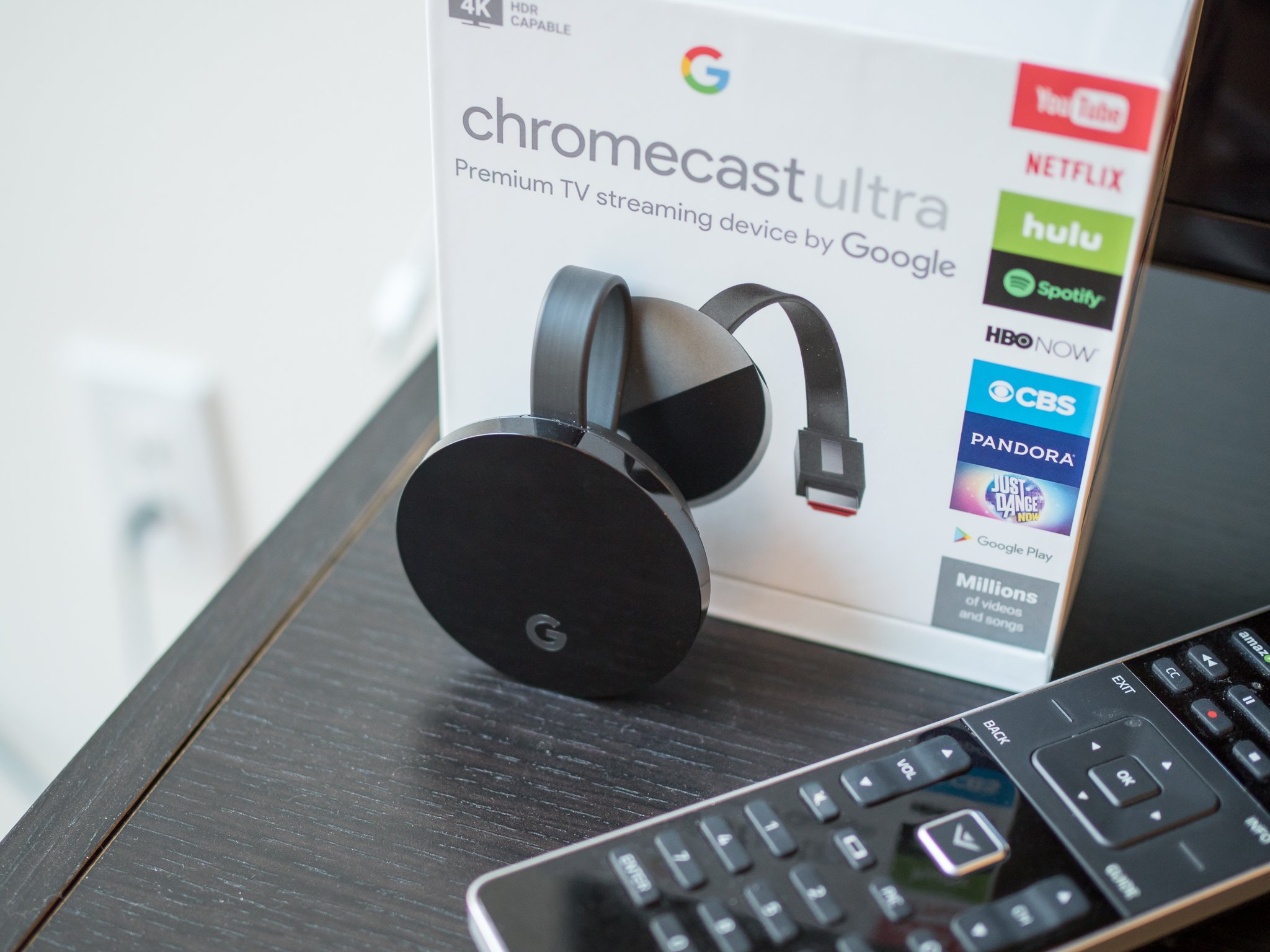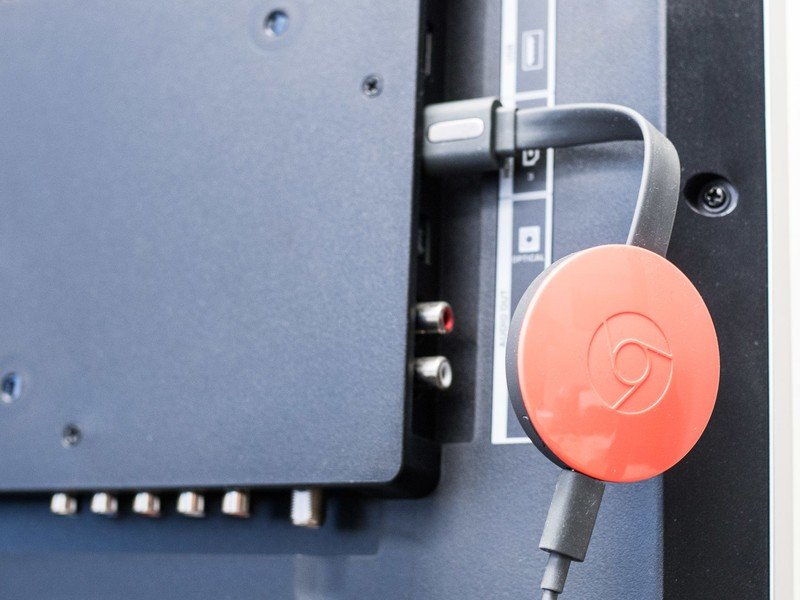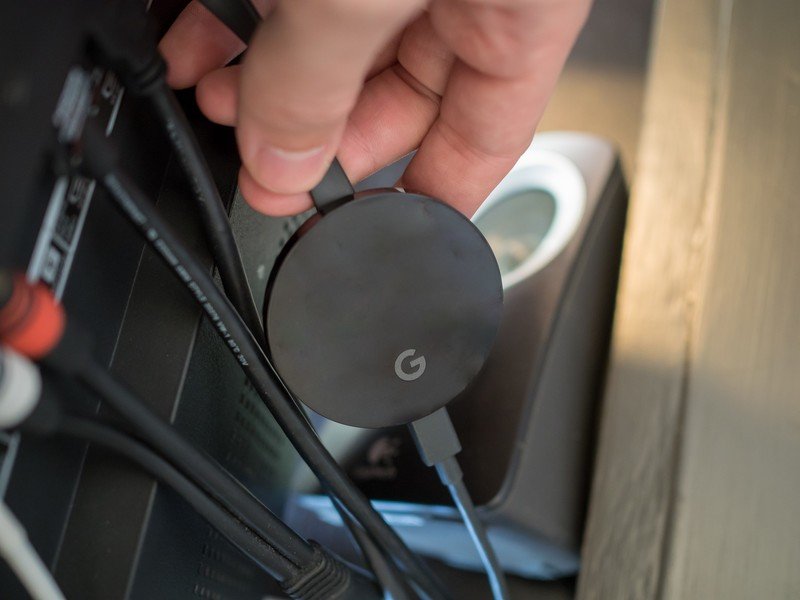5 years on, the Chromecast still has frustrating flaws that detract from the magic

The original Google Chromecast was announced just over five years ago. Three generations and tens of millions of sales later, it's hard to believe this idea originally blindsided us, accompanying the launch of the second-generation Nexus 7 tablet. The idea was ever-so-simple: use your phone to control a TV-based streaming device, but let the controls happen over the internet rather than on the same old buggy direct wireless display protocols of the time.
In a perfect world, the Chromecast works amazingly and is just as magical as it was on Day 1. You open up an app and without connecting directly to the Chromecast it starts to play from the cloud. You can still use your phone as a remote while you continue to browse content and use it for other things. You can Cast from hundreds of different apps across various genres, as well as send content directly from your computer's browser. It's a fantastic technology that Google has improved on over the years, both in hardware and software.
However, for as much progress as Google has made, the Chromecast experience still has some dark spots that show up on a regular basis and it completely befuddles me. It really detracts from what's typically — but not consistently — a great experience.

The whole Cast system is still filled with instability — and it doesn't help that every app displays it all differently.
There are two distinct flavors of problems with the Chromecast. The first is the inexplicable bugginess of the whole system. When the Cast system works, it's truly magical ... and when it doesn't, you don't really have any troubleshooting steps or process to figure it out. Every few times I Cast from an app on my phone to my Chromecast or NVIDIA Shield Android TV, the app loses its link with the Cast target — the content keeps playing, but now I have no way to play/pause/rewind or adjust volume.
My only fix here is to tap that Cast button again in the app — will it reconnect? Who knows. Sometimes it reconnects and lets me control what's already playing. Most of the time it reconnects and has no idea what the Cast target is doing. In bad cases it requires force closing the app, re-connecting the Cast session and starting to play the content all over again (and not from where it was last playing, of course).
The other main problem is the inconsistency of Cast experience between apps. Google built a standard for having an app use the Cast protocol to send media to a Cast target, but was implemented with dramatic irregularity. Every app has a different-looking interface for starting a Cast session, and even further differentiation in how ongoing controls are handled. The only thing that's consistent between apps is the Cast button itself — everything after that point is fair game to be different and confusing. Things go even further when you talk about the differences between audio and video casting. Then you get back to the performance irregularities. Some apps, like Google's own and Netflix, are really good about keeping the Cast session alive — others, like ESPN+ and NBC Sports (to name two of many), are horrendous at keeping that Cast session active.

The increased power of the latest Casting devices has somewhat eased the frustration. The newest Chromecast Ultra is powerful enough to swap between streams relatively quickly, as are the high-end Android TV boxes and even the latest TVs that have Cast built in. A Chromecast Ultra can re-acquire a stream and start playing far faster than a first-generation Chromecast, but it hasn't eliminated the bugginess that causes it to drop that connection in the first place.
Be an expert in 5 minutes
Get the latest news from Android Central, your trusted companion in the world of Android
If you're going to have the 'it just works' mentality, you need to make it just work.
Google is constantly evolving the Cast protocol to handle higher quality streams, enhanced two-way communication, and of course more consistency. However, it also needs to go back and look at the core tenets of the experience to really lock them down. The app-provided interface for Casting needs to be tightened up with some consistency, and the whole system needs to have more redundancy or checks or something so that it doesn't so often lose its connection between the Cast sender and Cast receiver.
People complain about the lack of a true navigable interface for the Chromecast, and I honestly don't have a problem in principle with not having one — that is, so long as the Cast system works as intended. As soon as the wheels start to come off, you're left in a weird place of having no idea what's wrong with the system, and that's a bad user experience all around. If you're going to stick with the "it just works" mentality, you need to make it just work.
What do you think of the Chromecast?
Do you have similar issues? Let us know in the comments below.
Andrew was an Executive Editor, U.S. at Android Central between 2012 and 2020.

